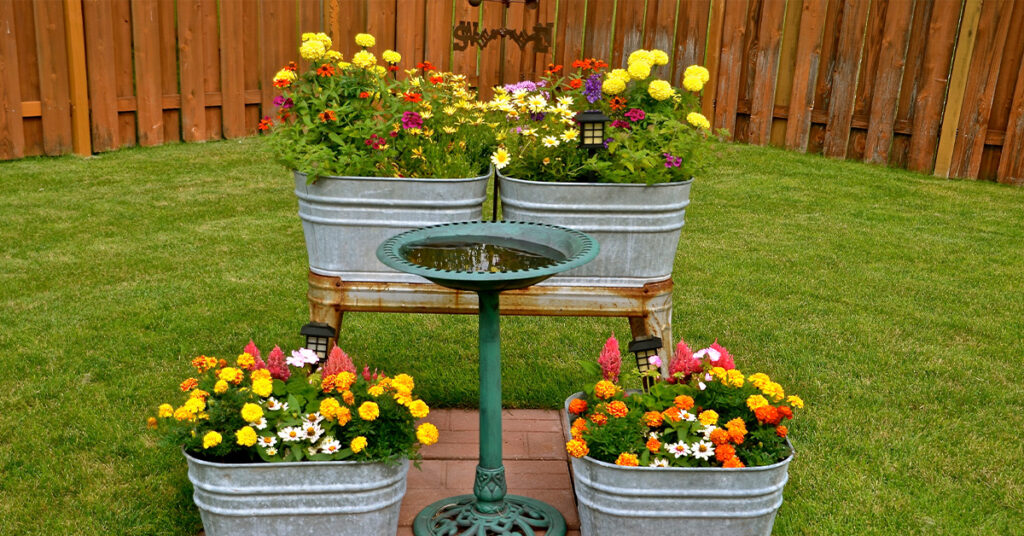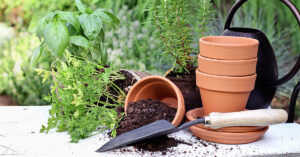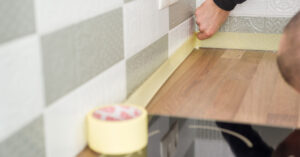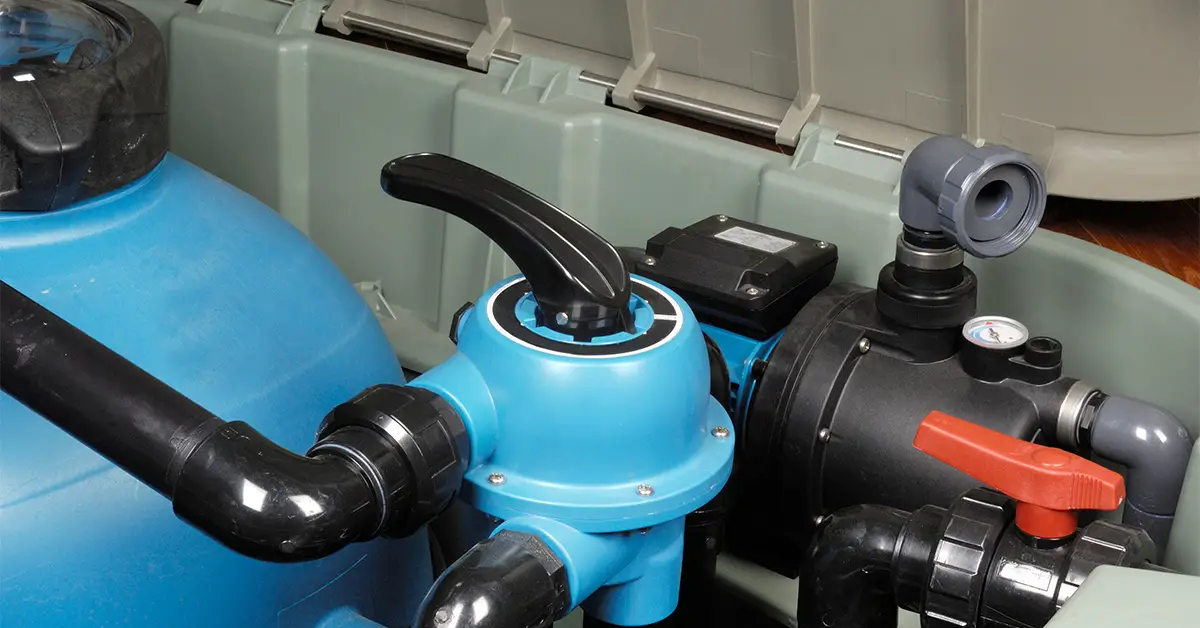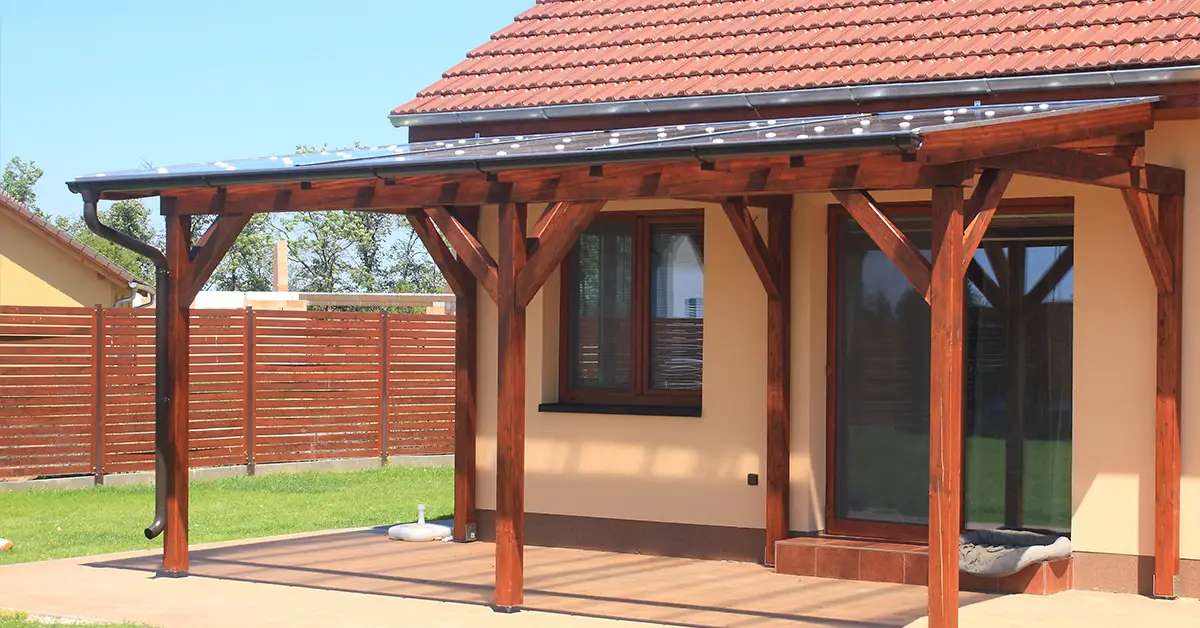Opting for galvanized tubs for gardening is a cost-effective, smart way to add a farmhouse look to your existing garden. Growing your plants in such containers is also called container gardening, which contributes to proper development of your plants. But the question that has brought you here is whether it is safe to use galvanized tubs to plant your little green friends? Continue reading to find the answer to your question.
Table of Contents
Why Use Galvanized Tubs for Gardening?
Before answering the question of whether galvanized tubs are safe for gardening or not, it is worth knowing why you should opt for these containers for your garden. These tubs are made using metal, which are cleaned thoroughly and coated with zinc. The coating protects the plants by preventing rust and chemicals to leach into the tub soil when you use it for gardening. Being durable and tough, you have the advantage of using these tubs for years at length.
Pros of using Galvanized tubs for your garden
- They are inexpensive
- They are lighter than ceramic or wood containers
- Lasting and durable
- They are easily portable
- Available in different sizes and shapes
- Adding drain holes in them is an easy process
- They can hold moisture quite well
- They complement other materials in your garden
Are Galvanized Tubs Safe for Gardening?
There have been several questions raised regarding galvanized tubs’ safety, especially due to the coating of zinc on these containers. Zinc is not the only element added to the coating as sometimes cadmium is also used for coating these tubs. Both these elements are harmful for humans when present in higher levels. But here’s the thing – such plants most likely don’t absorb such trace elements in huge levels, and sometimes don’t absorb them at all.
Since zinc is the element used for coating galvanized steel, it raises the concern that zinc or other elements may possibly leach into the tub or neighboring soil because of corrosion. Corrosion cannot be avoided because it is a process that takes place naturally with time, weathering, and watering. But does this have an effect on consuming the plants from the galvanized tubs?
First off, zinc is one of the micronutrients that occur naturally in soil, which is required by plants and humans for good health. In fact, common cold can be treated effectively with zinc. An average fully-grown adult is recommended to consume 8-11 mg (approx.) of zinc on a daily basis. This element is available in 1/100th or 1/1000th percentage of the recommended dose, in soil, depending on what the parent material and location is.
Let us also not forget that until a few decades ago we were drinking water that came to us through galvanized pipes. Zinc turns poisonous under specific circumstances only, which may or may not lead to zinc poisoning.
Is The Presence of Zinc In Soil a Concern?
On migrating to the soil, zinc will most probably be available in a higher concentration next to the source, which is the galvanized tub. A plant’s ability to absorb nutrients depends on factors like the nutrient form (in which it is available in the soil) and the pH of the soil. Simple due to the presence of nutrients in trace in the tub soil the plant will not act as a sponge to absorb all the nutrients present in such soil. It is not possible for plants to immediately absorb all metals or nutrients from its surrounding soil.
In case a plant absorbs more of a specific nutrient than required, it will appear unhealthy. This is one way to identify if the plants you are growing in a galvanized tub is affected by the presence of metals in the soil or not. If they appear fresh and develop properly, you will know that there is no reason to worry.
It is also an assurance to think about the fact that animals drink water from galvanized tubs, which will make it clear as to how unsafe it is to use these containers for your plants. The biggest risk, however, would be if zinc comes in contact with foods containing high level of acids, such as pickles.
The leaching or presence of zinc is increased with acidity. Generally, it is recommended that you should avoid drinking acid juices or similar beverages from a galvanized metal tub or container. The OAR’s Food Sanitation Rules cites that galvanized metal should not be used as utensils or equipment that come in contact with an acidic food.
If you follow this logic, it makes it clear to you that galvanized tubs cannot be used for growing plants that need acidic soil for growth. This means that you must avoid growing plants like blueberries in a galvanized tub, and should instead grow them in beds (that are made using untreated lumber) or the ground. Another thing to avoid is rusting or old galvanized tubs for gardening, which of course needs no explanation.
Finally, zinc poisoning mostly takes place through inhalation and not ingestion, so that clears up the safety concerns regarding growing plants in galvanized tubs.
Galvanized Tub Planting Guidelines
If the tub has been designed for the purpose of gardening, you can get started with the planting right away. But if it’s not then you will have to make drainage holes in the tub to allow proper drainage of moisture. If the moisture gets clogged inside the tub then your plants will die eventually. After you have washed and added the drainage holes into the galvanized tub, you have to simply add the potting mix into it till it is full, and then plant your vegetable inside.
An effective solution to avoid zinc from leaching into the tub soil is to add plastic panels or liner on the tub’s walls. But avoid adding them to the base of the tub, as it might interfere with proper drainage. Also, consider drilling more holes into the tub to ensure significant drainage to help the plant grow in a healthy way. Finally, place the tub over a base made from blocks. This will allow the drainage holes to remain open, and will also provide shelter to lizards and frogs that feed on garden insects.

